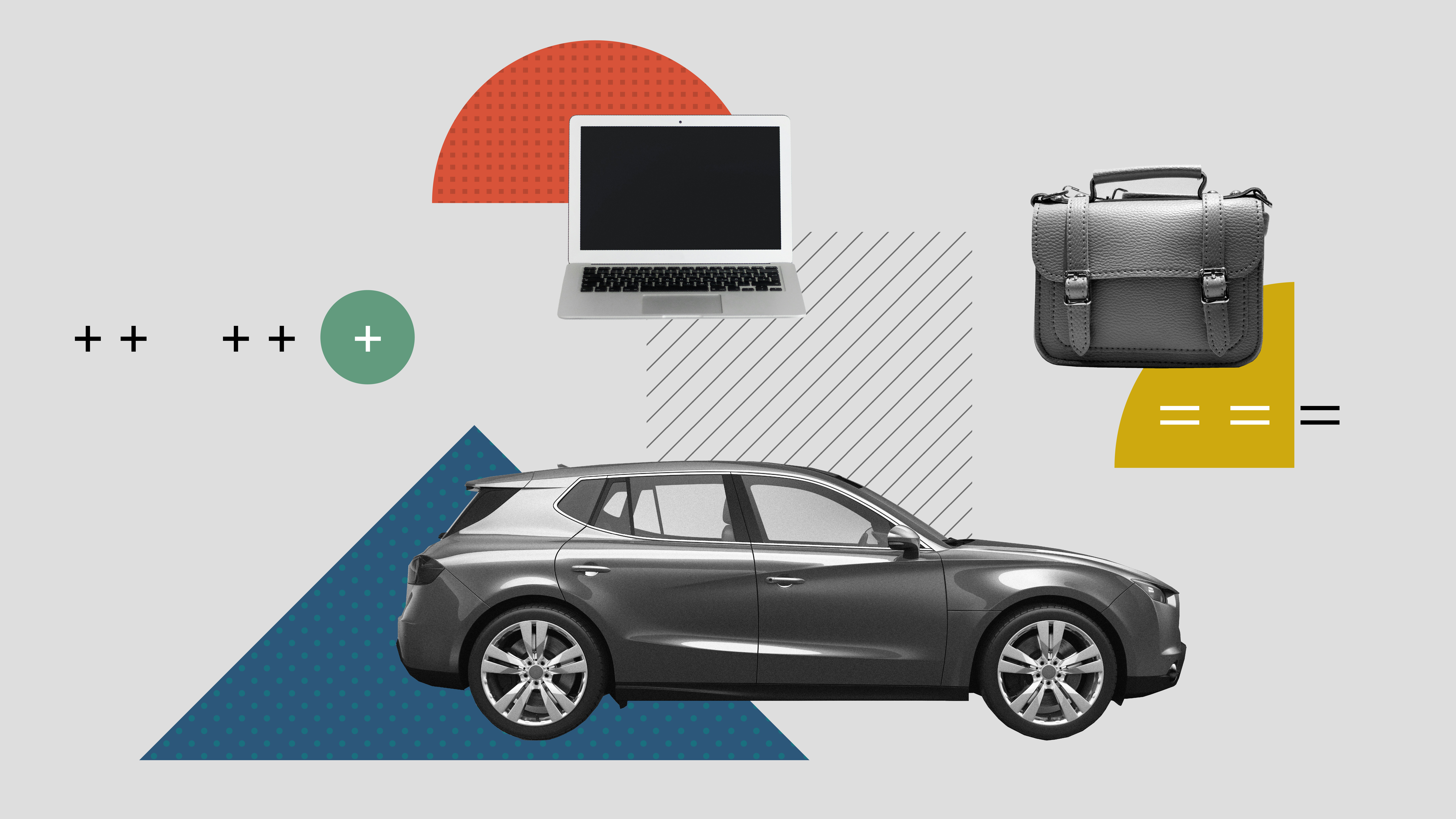The past couple of years have seen a proliferation of smart beta ETFs. Among these, low-volatility funds have attracted significant interest from investors seeking equity market exposure with some downside protection built-in. Low volatility strategies have been particularly popular among those investors who, having been burned by the 2007-2008 market crash, are still wary of high price fluctuations but need to go back into equities for the long-term capital appreciation that this asset class usually brings.
According to academic studies, low-volatility indices outperform the market over the long term, and with higher risk-adjusted returns to boot. Taken at face value, this counterintuitive finding sounds very compelling. However, it can be misleading. Low-volatility stocks can also experience periods of significant underperformance. As such, funds that track or are benchmarked against these indices present potential risks and pitfalls that need to be well understood.
Perhaps the biggest risk worth highlighting is sector concentration. Low-volatility themed funds tend to be highly concentrated in defensive stocks. Take the example of three European ETFs that offer controlled-risk exposure to the S&P 500: the SPDR S&P 500 Low Volatility ETF (LOWV), the Ossiam ETF US Minimum Variance NR (LUMV), and the iShares S&P 500 Minimum Volatility ETF (MVUS). As their names suggest, they all follow different methodologies, and this results in significant differences in sector and stock allocations relative to the S&P 500. With a 64% combined weight in utilities, consumer staples and healthcare stocks, the SPDR ETF has the strongest concentration in defensive sectors, followed by the Ossiam and iShares ETFs with roughly 52% and 42% each. This compares to a 27% weight in defensives for the S&P 500.

Needless to say, differences in sector and stock composition relative to the main benchmark mean that the funds will deliver different returns depending on the market environment. When defensive stocks are in favour over cyclical stocks, as is often the case during periods of high market uncertainties, low-volatility ETFs should be expected to outperform. This phenomenon has certainly held true so far this year. Due to its heavy defensive bias, the SPDR S&P 500 Low Volatility ETF has gained 12.8% since January; faring better than rivals Ossiam and iShares, with returns of 12.6% and 11.9% respectively, as well as the S&P 500 index with a 10.6% increase over the same time period. However, in a scenario where a strong bull market takes hold and defensive stocks go out of favour, these low-volatility funds will likely underperform, with the SDPR ETF likely to be affected the most.
Today, there are concerns that some investors have been drawn to low-volatility themed products of late because of the recent outperformance low-volatility stocks have exhibited. Unfortunately, we know that chasing performance and betting on recent winners rarely represent a successful strategy. Besides, because of the substantial inflows that we have seen lately into low volatility stocks, there is growing evidence when looking at fundamentals that these stocks are becoming overvalued. Thus, purely from a timing point of view, this might not be the best moment to invest in this segment of the market. At the first sign of a strong market rally, it can be easily predicted that investors will rush out of it as quickly as they got in.
To sum up, a word of caution. As the range of low-volatility ETFs available in Europe continues to grow, selecting the right product is becoming increasingly challenging. While all these funds seek to minimise risk within a certain equity allocation, they take different approaches to achieve that goal, which can lead to very different risk-return profiles. It is therefore crucial for investors - and their advisers - to do thorough due diligence and make sure they fully understand what they are buying.
This Morningstar article first appeared in Investment Adviser.





























